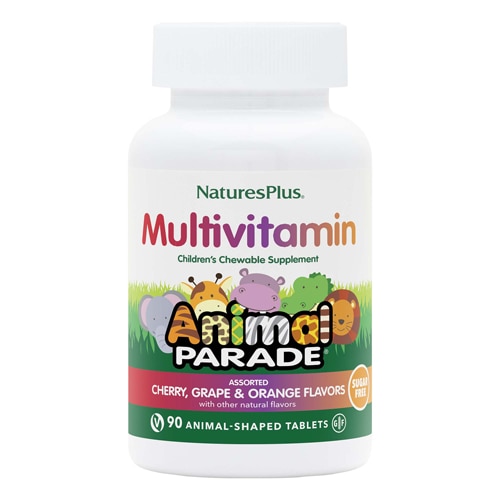Kids who eat well-rounded meals typically don’t need to take vitamin supplements. However, there’s one vitamin you might consider adding to your children’s diet — vitamin D.
A sufficient amount of vitamin D helps children’s bones grow and strengthen, and helps support wellness, according to Children’s Hospital of Philadelphia. Yet kids don’t always get enough vitamin D, which our bodies gain from food and sunlight.
What foods have vitamin D?
Only a few foods are naturally chock-full of vitamin D, including cod-liver oil, egg yolks, salmon, sardines, tuna and shiitake mushrooms, the Philadelphia hospital says. But how many kids do you know who love most of those foods?
Fortunately, many foods are fortified with vitamin D, including breakfast cereal, orange juice, yogurt and milk, the American Academy of Pediatrics points out. The organization adds, though, that milk alone won’t supply enough vitamin D for children. Furthermore, not all milk is fortified with vitamin D.
Vitamin D from the sun
Aside from food, kids get vitamin D by basking in sunlight for brief periods.
From April through the end of October, just 15 to 30 minutes outdoors at midday can produce enough vitamin D for your children if their hands and faces are exposed, Children’s Hospital of Philadelphia says.
But during the fall and winter, when many of us spend less time outdoors and UV light is weaker, the sun’s rays might be inadequate vitamin D factories, the hospital says. Therefore, you might need to supplement your child’s diet with vitamin D during this time of year.
Also, keep in mind that applying sunblock to a child’s skin can decrease their skin’s ability to generate vitamin D, the Mayo Clinic notes.
How do you know if your child is getting enough sunlight?
Oregon State University’s Lining Pauling Institute recommends doing the shadow test. If your child’s shadow is the same height or shorter than they are, there’s enough sun to make vitamin D. But if the shadow is longer than your child, there’s probably not enough sun to produce vitamin D.
How much vitamin D for kids?
Most children’s multivitamins — in chewable and liquid form — contain 600 international units (IU) of vitamin D, which is the recommended daily allowance set by the U.S. Food and Drug Administration (FDA) for children at least 1 year old, Children’s Hospital of Philadelphia says. By the way, teens who are finished growing still need as much vitamin D as younger kids do, according to Johns Hopkins All Children’s Hospital in St. Petersburg, Florida.
For kids up to age 1, the suggested amount of vitamin D per day is 400 IU. The American Academy of Pediatrics emphasizes these recommendations for infants:
- Breastfed and partially breastfed infants should get a daily vitamin D supplement of 400 IU in the first few days of their lives.
- Non-breastfed infants who drink less than 32 ounces per day of vitamin D-fortified formula or milk should get a daily supplement of 400 IU of vitamin D.
Children who are obese, who rarely go outdoors, who wear clothing that covers most of their skin or who have dark skin might need to be given vitamin supplements year-round to adequately boost their vitamin D intake, according to the Philadelphia hospital.
Kids with darker skin might experience vitamin D deficiencies because the pigment in their skin blocks sunlight, leading to lower production of the vitamin than their lighter-skinned counterparts, the Johns Hopkins hospital explains. Darker-skinned kids who are at greater risk include those from African, Latino, Asian and Middle Eastern backgrounds.
In addition, the pediatricians’ group says, kids taking certain medications and coping with chronic diseases such as cystic fibrosis might require higher doses of vitamin D. Some medications and chronic diseases can diminish the body’s ability to absorb nutrients like vitamin D, the Johns Hopkins hospital says.
Can your child get too much vitamin D?
Yes, it’s possible to essentially overdose on vitamin D. In fact, extreme levels of vitamin D from food and supplements can be toxic. Possible consequences of too much vitamin D include kidney stones and heart rhythm problems, Johns Hopkins says.
Among the symptoms of too much vitamin D are:
- Constipation
- Poor appetite
- Vomiting
- Weakness
- Weight loss
†These statements have not been approved by the Food and Drug Administration. These products are not intended to diagnose, treat, cure or prevent disease.




